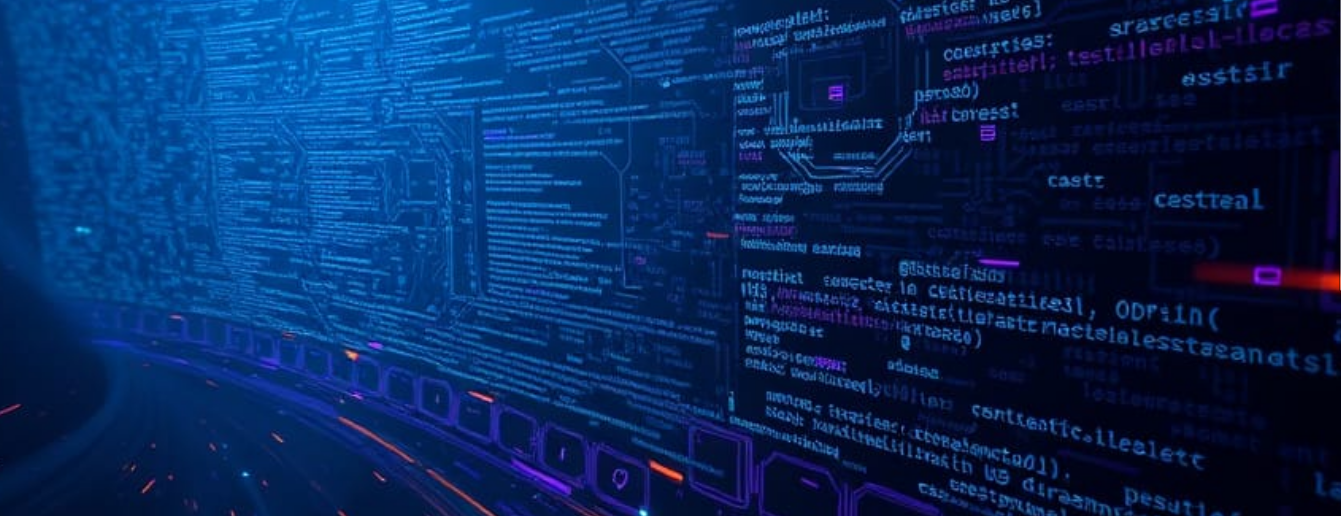The dream of creating artificial intelligence, of imbuing machines with the capacity to think and learn, is a long-standing one, stretching back centuries in philosophical thought and fictional tales. However, the formal history of Artificial Intelligence (AI) as a scientific discipline began in the mid-20th century, fueled by advancements in computing and a group of pioneering thinkers who dared to ask: “Can machines think?”
The early years (1950s-1970s) were marked by optimism and the birth of core AI concepts. In 1950, Alan Turing proposed the Turing Test as a benchmark for machine intelligence. The Dartmouth Workshop of 1956 is widely considered the official founding event of AI as a field, where the term “Artificial Intelligence” was coined. Early research focused on symbolic reasoning and problem-solving, leading to the development of programs that could play games like checkers and prove logical theorems. This era also saw the creation of early “expert systems,” designed to mimic the decision-making of human experts in specific domains.
However, the initial enthusiasm eventually gave way to the “AI winter” (1970s-early 1980s). The complexity of real-world problems proved far more challenging than anticipated, and funding for AI research dwindled as early promises failed to materialize. Rule-based systems, while effective in narrow domains, lacked the adaptability and robustness needed for broader applications.
The 1980s witnessed a resurgence of interest, driven by the commercial success of expert systems and new funding initiatives. However, this boom was followed by another period of disillusionment in the late 1980s and early 1990s as the limitations of these systems became more apparent.
It was during this time that Machine Learning (ML) began to emerge as a distinct and increasingly influential subfield of AI. Instead of relying on explicitly programmed rules, the focus shifted towards developing algorithms that could enable computers to learn from data. The term “machine learning” was coined by Arthur Samuel in 1959, who developed a checkers-playing program that improved with experience.
Early machine learning approaches included:
- Rule-based learning: Systems that automatically learned rules from data.
- Decision trees: Tree-like structures that classify data based on a series of decisions.
- Statistical learning: Utilizing statistical models to identify patterns and make predictions.
The 1990s and 2000s saw significant advancements in machine learning, fueled by increasing computational power and the growing availability of data. Algorithms like Support Vector Machines (SVMs) and more sophisticated neural networks began to show promise in tackling complex tasks such as pattern recognition and classification. The internet boom generated vast datasets, providing the fuel for data-driven learning approaches. Machine learning found practical applications in areas like spam filtering, recommendation systems, and fraud detection.
The 2010s marked a turning point with the rise of Deep Learning, a sub-field of machine learning that utilizes artificial neural networks with multiple layers (hence “deep”). The availability of massive datasets and powerful hardware (especially GPUs) enabled the training of very large and complex deep learning models. This led to breakthroughs in areas that had long been challenges for traditional AI, such as computer vision, natural language processing, and speech recognition. Landmark achievements like AlexNet’s success in the 2012 ImageNet competition demonstrated the power of deep learning and ignited a new wave of AI innovation.
Today, Machine Learning, particularly deep learning, is the dominant force driving progress in AI. It underpins many of the AI applications we see around us, from virtual assistants and self-driving cars to medical diagnosis and personalized advertising. While the initial dream of Artificial General Intelligence (AGI) – AI with human-level intelligence across all domains – remains a long-term goal, the advancements in machine learning have delivered practical and transformative AI capabilities that are reshaping industries and our daily lives. Machine learning has become the engine that allows AI to learn, adapt, and generate intelligent behavior from data, marking a significant evolution from the rule-based systems of AI’s early days.
